Is it possible that bio-based products will eventually replace petrochemical-based plastics? This has been the biggest question since the dawn of plastic. And will trillions of tons of plastic now be on the Earth? What is the next step forward? Bioplastic products are a rising alternative in the world of
Start by doing an energy audit. Use renewable energy. Buy solar panels. Purchase green tags. Purchase carbon offsets. Adjust your thermostat. Purchase solar lights. These changes all work to control or lower your carbon rate at home. In the end, even though your carbon footprint is well controlled on the
Bioplastic production is affected mainly by market conditions and demand—the more demand for it, the better the production values and the stable the long-term costs. Find out how this rising circular economy works in today’s blog. How much does it cost to recycle plastic? Plastic recycling costs depend largely on the

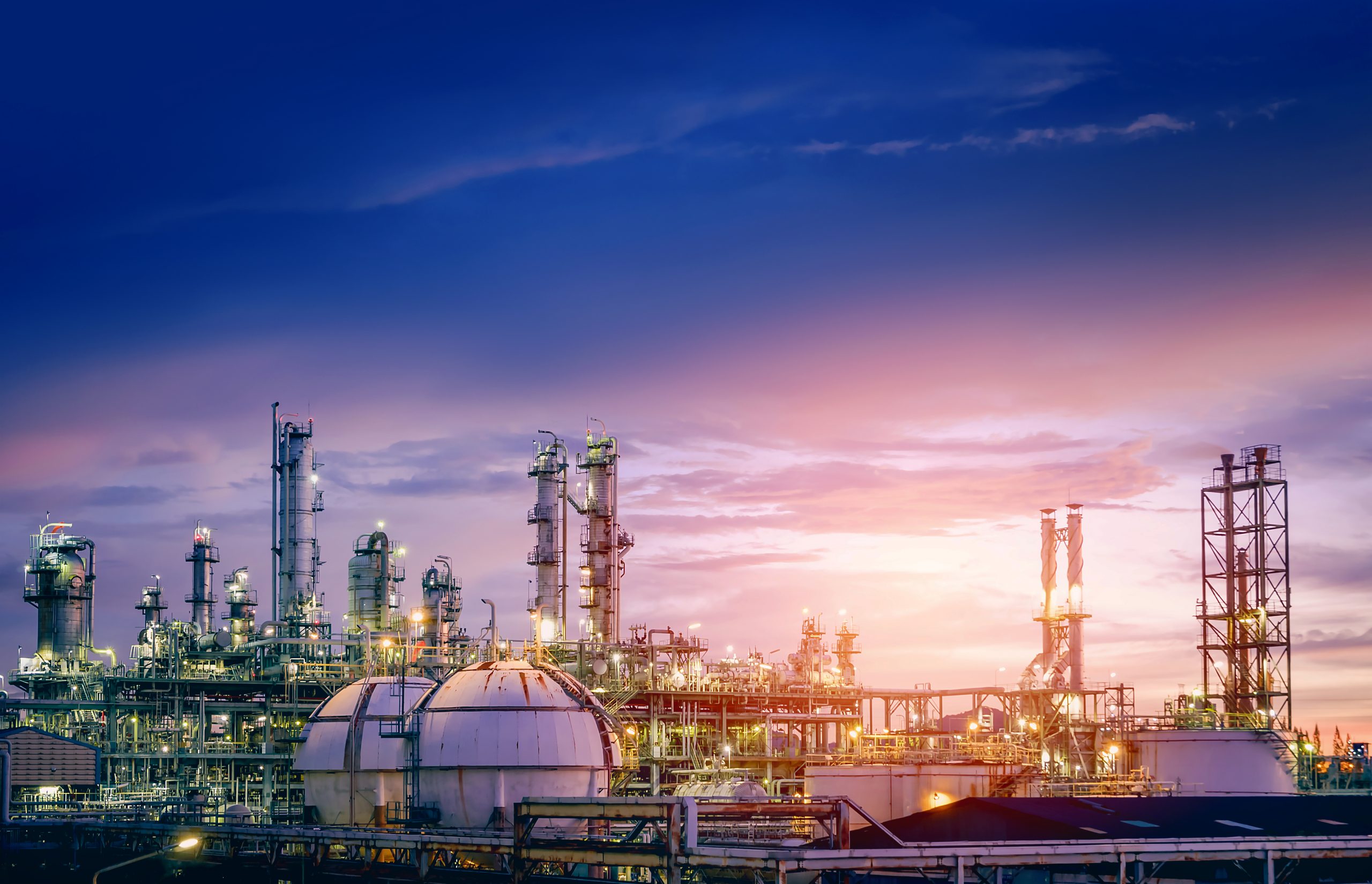
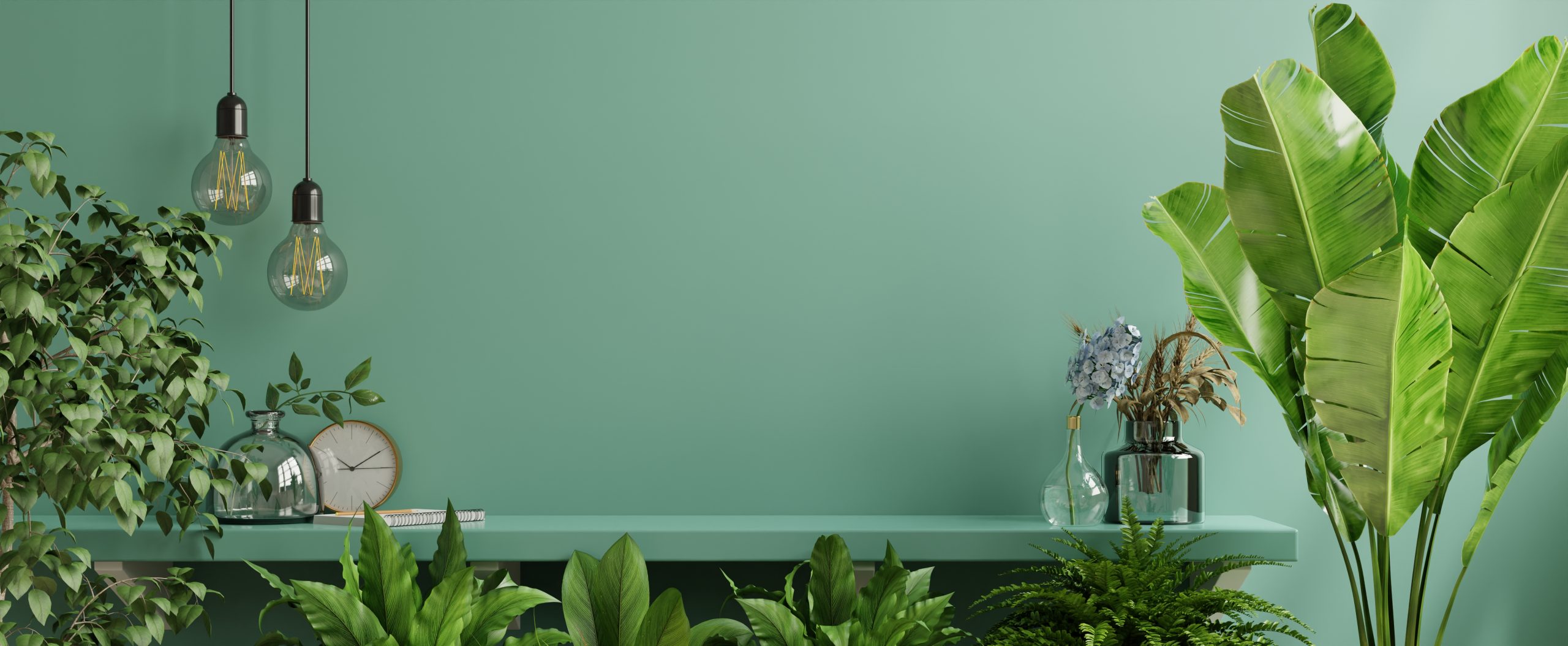
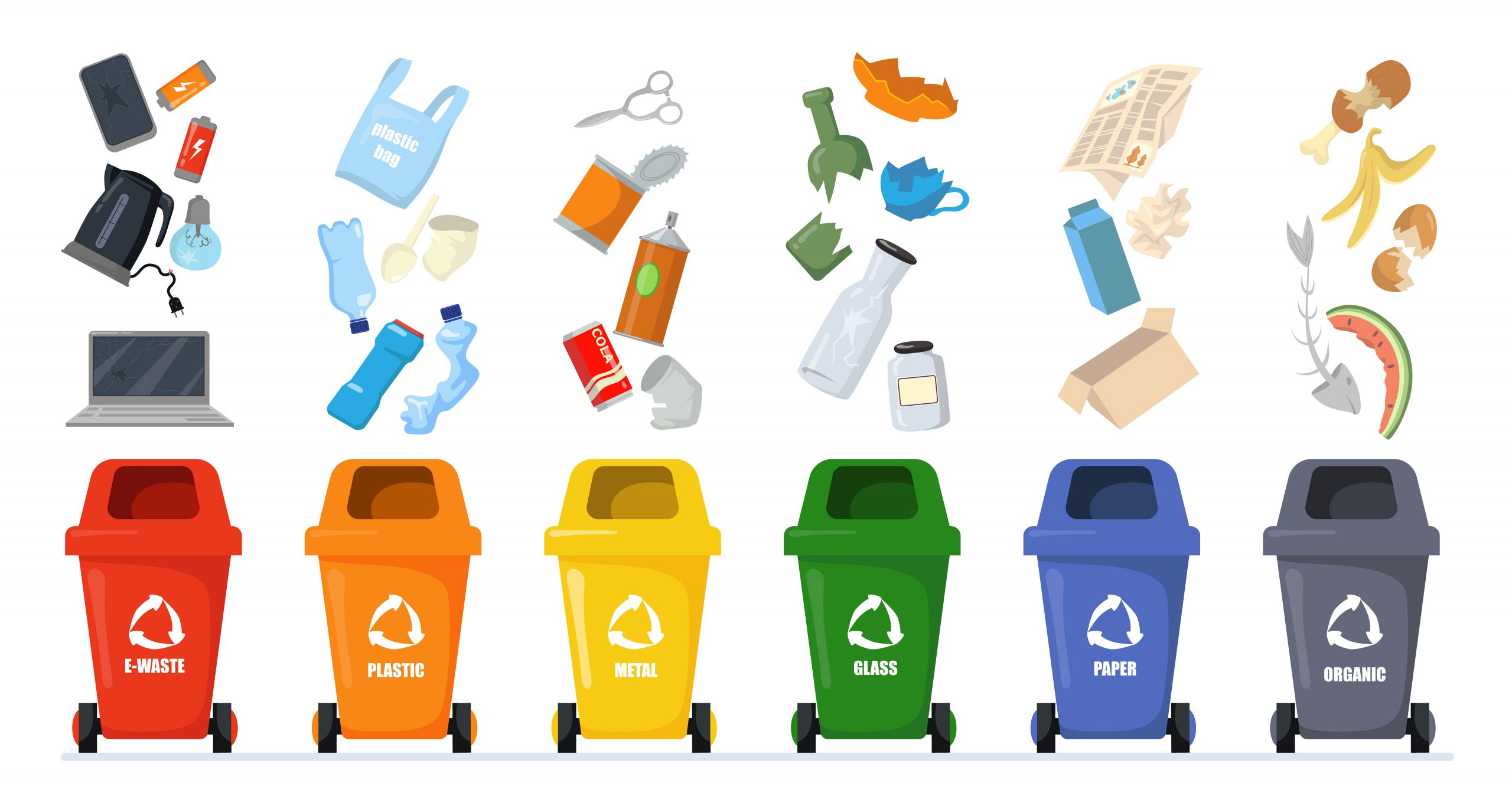
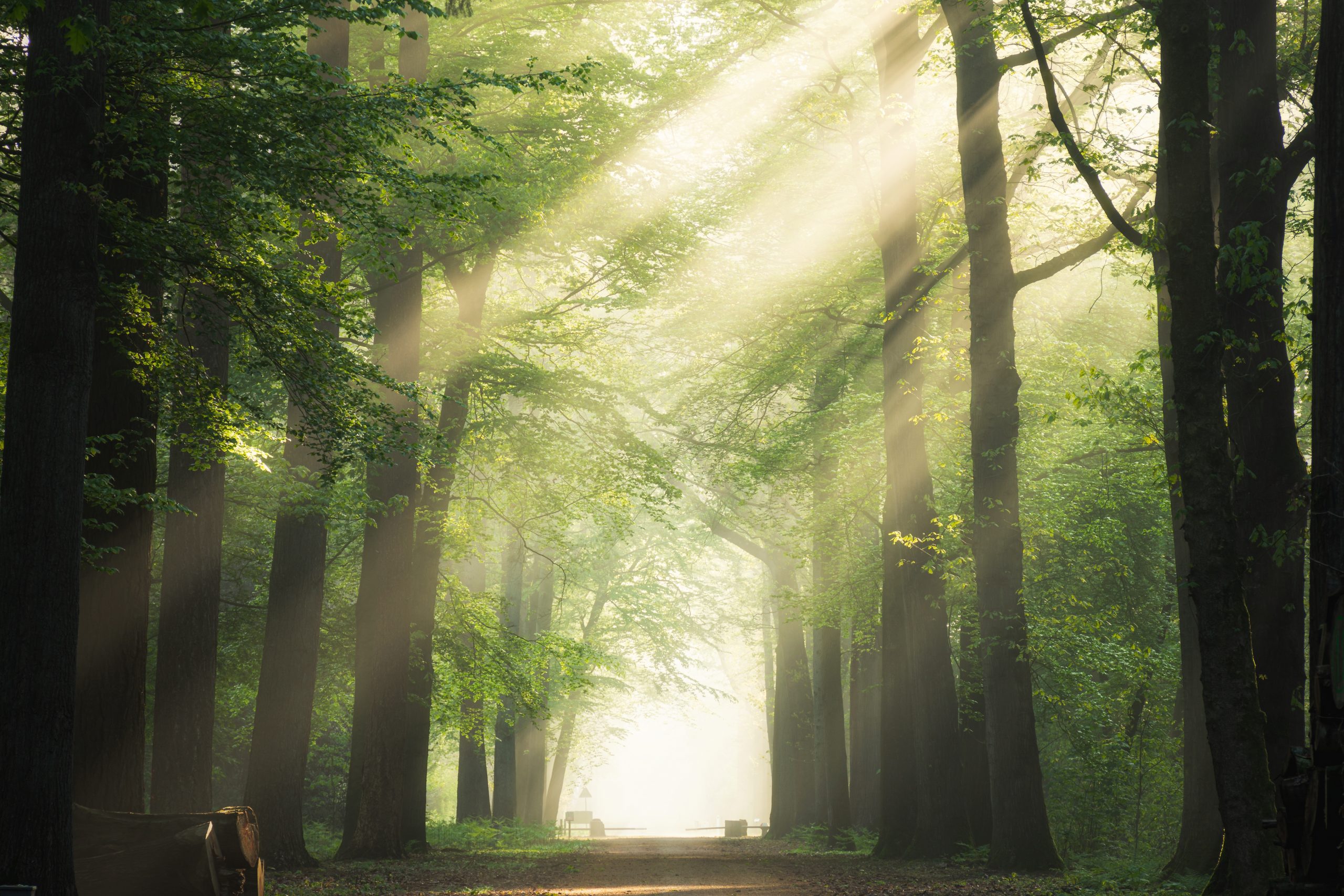
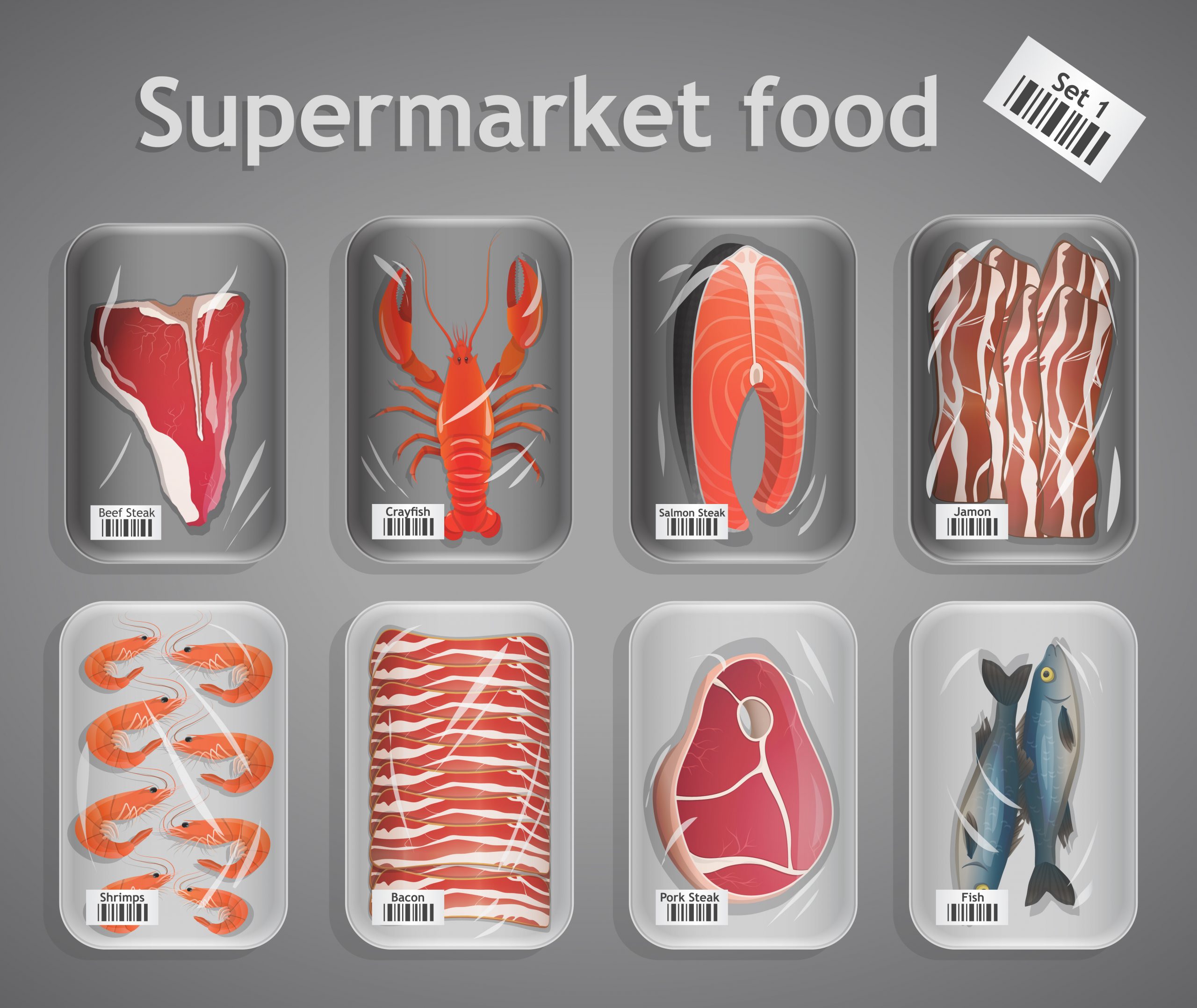
Pingback: Are Plastic Bags Recyclable? | Sparkoncept | Biodegradable plastic products
Pingback: Are Plastic Bottle Caps Recyclable? | Sparkoncept | Biodegradable plastic products
Pingback: Are Plastic Hangers Recyclable? | Sparkoncept | Biodegradable plastic products
Pingback: Bioplastic and Biopolymer: What They Are | Sparkoncept | Biodegradable plastic products
Pingback: Bioplastics and Circular Economy | Sparkoncept | Biodegradable plastic products
Pingback: Can You Eat Bioplastic? | Sparkoncept | Biodegradable plastic products
Pingback: How Does Plastic Affect the Lithosphere? | Sparkoncept | Biodegradable plastic products
Pingback: How Does Plastic Kill Plants? | Sparkoncept | Biodegradable plastic products
Pingback: Will A Biodegradable Polymer Degrade in A Landfill? | Sparkoncept | Biodegradable plastic products
Pingback: Bioplastic Vs. Plastic Price: What're The Factors to Affect Their Cost | Sparkoncept | Biodegradable plastic products
Pingback: Bioplastic Vs. Plastic: What's The Difference? | Sparkoncept | Biodegradable plastic products